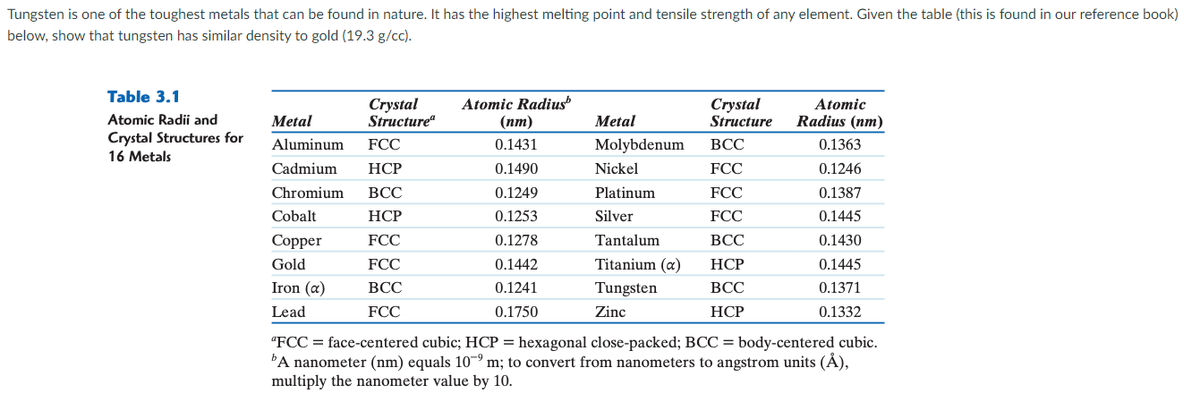Tungsten is one of the toughest metals that can be found in nature. It has the highest melting point and tensile strength of any element. Given the table (this is found in our reference book) below, show that tungsten has similar density to gold (19.3 g/cc).
States of Matter
The substance that constitutes everything in the universe is known as matter. Matter comprises atoms which in turn are composed of electrons, protons, and neutrons. Different atoms combine together to give rise to molecules that act as a foundation for all kinds of substances. There are five states of matter based on their energies of attraction, namely solid, liquid, gases, plasma, and BEC (Bose-Einstein condensates).
Chemical Reactions and Equations
When a chemical species is transformed into another chemical species it is said to have undergone a chemical reaction. It consists of breaking existing bonds and forming new bonds by changing the position of electrons. These reactions are best explained using a chemical equation.
Analyze the given problem and table. Show your complete solution.

Step by step
Solved in 2 steps with 2 images









